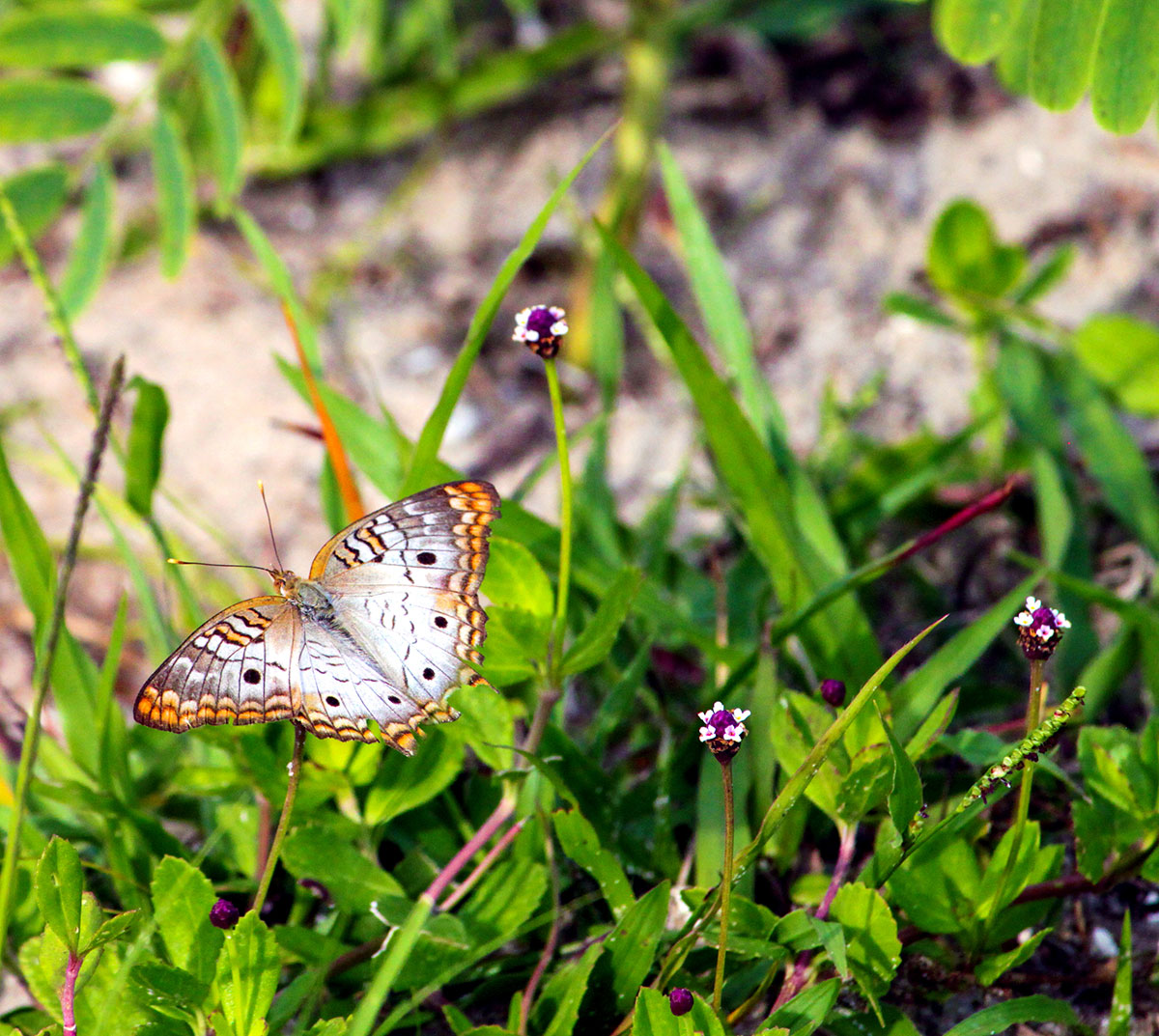BACK COUNTRY BY ROBERT ADAMS – Fall 2023
Turkey vultures enjoy the sun while patiently waiting for their turn to eat.
Turkey vultures enjoy the sun while patiently waiting for their turn to eat.
This Green Heron [Butorides virescens] stands frozen while hunting little minnows in the crystal clear water. A beautiful stocky bird with its blue, green, yellow, gray and brown colors, it is seen mostly at dusk or dawn. Good hunters, unlike other wading birds, they are intolerant of other birds. These birds, which eat a wide variety of aquatic animals, use bait to attract fish by dropping food, insects or other small objects on the water’s surface.
A snowy egret [Egretta thula] is hunting alone in its perfect habitat. Standing in shallow water, it’s hoping to spear its prey, which may be a frog or small fish.
Some sandhill cranes [Antigone canadensis] are native to Florida while others migrate from the north in the winter. A large bird, it can be up to four feet tall and have a wide wing span. Its red head makes it very easy to see.
A beautiful sunset paints the sky over the Raulerson Canal that is an ecosystem for aquatic as well as air and land dwelling life.
A Red-shouldered hawk perches on a wild muscadine grapevine, both Florida natives.
A roseate spoonbill wanders around the wetlands hunting for food. Its large spoon-shaped bill allows it to compete with other wading birds. Spoonbills can dabble their bills in the water and sift through mud or aquatic plants to find little fish, frogs, tadpoles and insects. They often feed with other wading bird and ducks.
Back Country by Robert Adams - Spring 2022 A belted kingfisher watches over the water for small fish while sitting on a fence post for a better view, patiently waiting…
At this time of year, cypress swamps begin to dry out leaving the underbrush to be eaten by deer and wild hogs to feast on acorn grubs and roots. All kinds of botanicals — plants, ferns, moss, orchids, lichen and vines — flourish. There are maple trees that are colorful in the fall and oak trees that feed the animals. Cypress trees support the muddy ground with their massive roots. But in June, the rains return and cover the land with a few feet of water, turning the swamp into a natural watershed again.

A small White Peacock Butterfly [Anartia jatrophae] perches on a Matchstick weed as it eats nectar from the little flowers. This species stays low to the ground because its favorite plants are found near the ground. It is identified by the three black spots on each wing and is found in southern states. The Matchstick weed has tiny purple flowers around the top of a seed stalk that resemble a matchstick, hence its name.